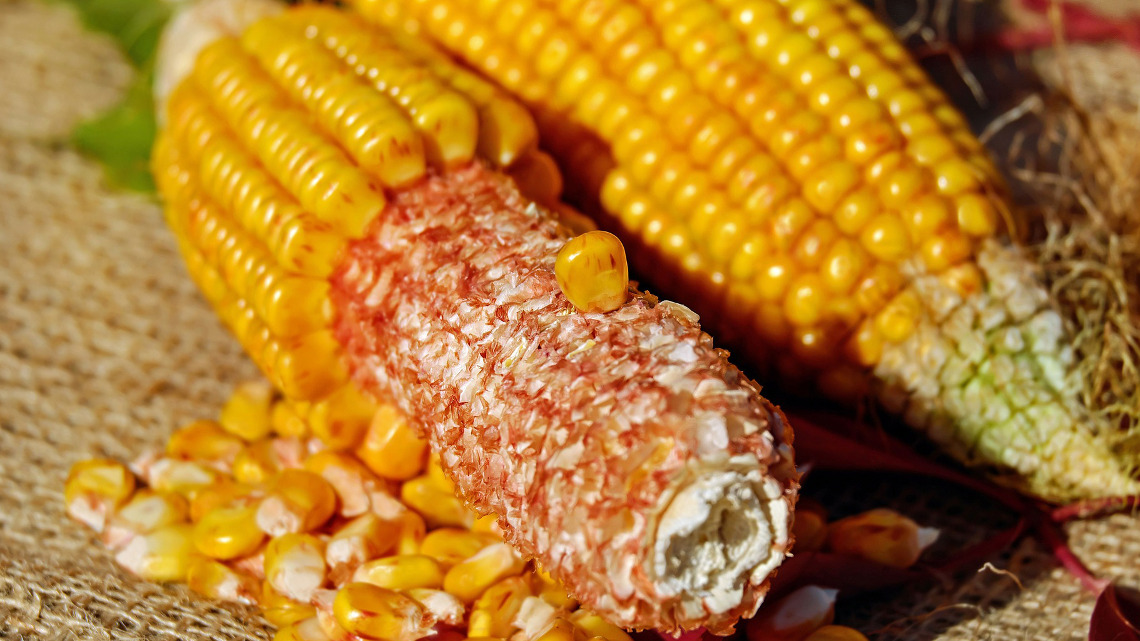The government – the Finnish Ministry of Employment and the Economy were key actors – published a bioeconomy strategy in May 2014 (The Finish Bioeconomy Strategy – sustainable growth from bioeconomy). According to this, the bioeconomy is already of enormous economic importance in Finland: it accounts for 16% of the gross domestic product (GDP) and is mainly generated by the following sectors: agriculture, forestry, food and chemistry. Finland focuses primarily on the utilisation of biomass for a wide range of applications.
With the Natural Resource Strategy published in 2009, the Sitra innovation fund, controlled by the Finnish parliament, has presented the bioeconomy as an important foundation for future Finnish prosperity. The abundance of natural resources such as forests represents an important competitive advantage and enables the country to advance the sustainable use of raw materials.
Various activities in the country have promoted a bioeconomy for several years. For example, the Finnish Bioeconomy Cluster, established in 2007, aims to contribute to sustainable bio-based solutions such as wood-based textiles and to bring together the players involved. 40 million euros were already made available in an initial funding program in the period from 2008 to 2013. The Landmarks Program (2010-2014), on the other hand, supports approaches that strengthen local value creation.


